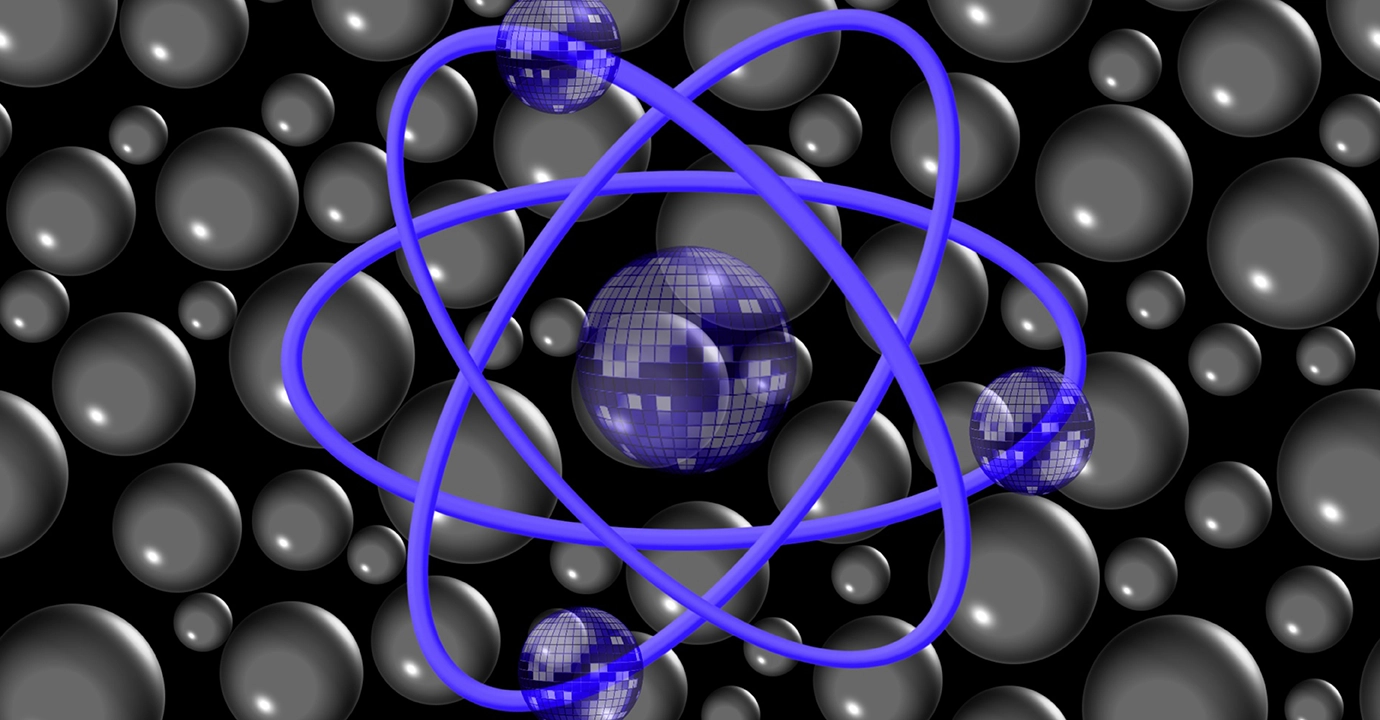Artificial Intelligence and China’s Nuclear Energy and Technology†
Table of Contents
- Nuclear Energy and China
- Fusion and China’s Atomic Energy Law
- Nuclear Technology and China’s Atomic Energy Law
Estimated Reading Time
- 5 min

(Publicdomainpictures.net)
The recent remarks of tech billionaire Bill Gates concerning the impressive efforts China has made with respect to nuclear energy has increased awareness of the country’s commitment to solving a major puzzle: how to provide a cost-effective and environmentally friendly source of energy to power data centers necessary for operating artificial intelligence (“AI”) applications and services? China’s efforts on this front are expected to intensify when a new law focusing on nuclear energy and technology comes into effect in early 2026.
Nuclear Energy and China
“Mr. Gates spoke highly of China’s ‘fusion and fission work’ and emphasized that the country’s investment in fusion is far more than ‘the rest of the world put together’.”
Mr. Gates spoke highly of China’s “fusion and fission work” and emphasized that the country’s investment in fusion is far more than “the rest of the world put together”.
Fission refers to the process through which nuclear energy is released from splitting the nucleus of an atom (e.g., uranium-235) into two or more smaller nuclei. Fusion is the opposite, in the sense that nuclear energy is released from fusing nuclei together (e.g., from hydrogen to helium occurring at the core of the Sun).
All nuclear-based electricity that is consumed has been sourced from fission. Fusion is still being studied closely, as it is difficult to create an environment that mimics the extreme conditions of the Sun which are necessary for fusion to occur. Yet, due to its potential to meet our soaring demand for electricity without producing highly radioactive and long-lasting nuclear waste, fusion is the high-tech holy grail sought after by many stakeholders.
China is one such stakeholder. During the year 2024, China oversaw the operation of 57 nuclear power units to generate 445.18 billion kilowatt-hours of electricity. This amount of fission-based electricity only accounted for 4.73% of the total amount of electricity generated in China in 2024. If China succeeds in commercializing fusion power, the process will become a safe and reliable source of energy, reducing the country’s reliance on fission and other sources of power such as coal, natural gas, and wind.
Fusion and China’s Atomic Energy Law
China’s strong interest in fusion power is reflected in the new Atomic Energy Law. Scheduled to come into effect on January 15, 2026, the new law aims to accomplish various goals, including “promoting scientific and technological progress” and “upgrading industries”.
Under Chapter Two (titled “Scientific Research and Technological Development”) of the law, Article 14 provides: “The State encourages and supports scientific research on and technological development of controlled thermonuclear fusion”.
Encouragement and support from China will come in various forms, as outlined by Article 16, including “encouraging research institutes, universities, enterprises, and other entities” to conduct scientific research and technological development related to atomic energy and “optimizing investment structures” to facilitate investment from various entities.
In addition, Article 16 specifies that “the State supports enterprises to organize the development of atomic energy research projects […] and supports the demonstration and application of advanced technologies independently developed by enterprises”.
The fusion project titled “Generative Integrated-Completion and Quality Monitoring of Nuclear Fusion Diagnostic Data” conducted by the China National Nuclear Corporation, a central state-owned enterprise in China, is a good example of enterprise-driven atomic energy research projects valued by the country. In July, when the 2025 World Artificial Intelligence Conference was held in Shanghai, this project was selected as one of the 40 projects showcasing the “high-value” application of AI by central state-owned enterprises. This project uses AI technology to create an innovative model that overcomes the difficulty of measuring ultra-high temperature ionized gas produced during the fusion process.
Nuclear Technology and China’s Atomic Energy Law
“The new Atomic Energy Law goes beyond nuclear energy to cover the application of nuclear technology.”
The new Atomic Energy Law goes beyond nuclear energy to cover the application of nuclear technology. For example, Article 32 provides that “the State supports the application of radioactive isotopes and radiation devices” in agriculture, biology, medical and health care, ecological and environmental protection, and other fields.
The law requires the “State Council’s department in charge of the nuclear industry, together with other relevant departments” to formulate guiding opinions on the development of industries applying nuclear technology.
The preparation of such guiding opinions is being led by the China Atomic Energy Authority, which operates under China’s Ministry of Industry and Information Technology. In October, when the 2025 International Conference on Industries Applying Nuclear Technology was held in Sichuan Province, it was announced by a representative of the China Atomic Energy Authority that a major goal of these guiding opinions is to increase the size of Chinese industries applying nuclear technology to four to five times the current size by 2035. It is worth noting that the size of Chinese industries applying nuclear technology had reached nearly RMB 900 billion as of the end of 2024—with an average annual growth rate of over 15%—and is expected to exceed RMB 1 trillion by the end of 2025.
The above analysis indicates that China’s ambitions include leveraging the new Atomic Energy Law to take its development of nuclear energy and technology to another level. With 62 articles in total, the law is meant to merely outline a regulatory framework. Details about how the framework operates and what exactly industries must do to achieve compliance will become clearer when national and local authorities issue related rules in the coming months.
- The citation of this article is: The Editorial Board of SINOTALKS®, Artificial Intelligence and China’s Nuclear Energy and Technology, SINOTALKS.COM®, SinoExpress™, Nov. 12, 2025, https://sinotalks.com/sinoexpress/ai-nuclear-energy-technology. ↩︎




